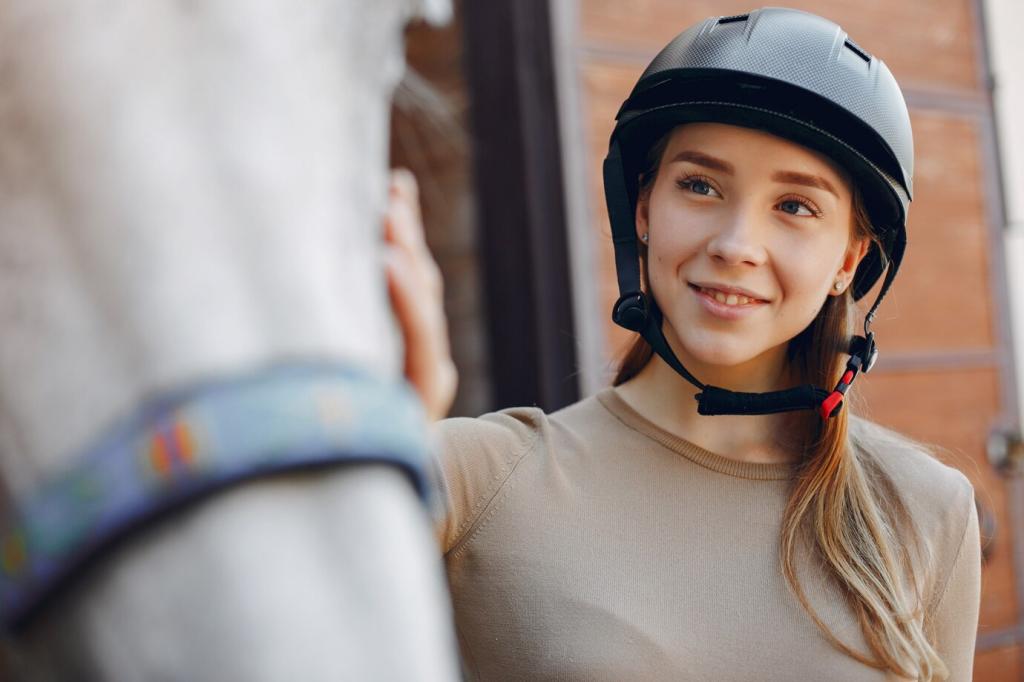Matching Formation and Pace to the Road
Staggered riding thrives on wide lanes and consistent shoulders. Routes with generous width give new riders space to adjust lines and braking. If lanes narrow or shoulders vanish, tighten spacing plans and reduce speed for smooth comfort.
Matching Formation and Pace to the Road
Select roads with clear passing zones only if absolutely needed, then keep them optional for beginners. Respect posted limits and the slowest rider’s comfort. Safer routes minimize overtakes, reducing pressure and keeping the group elastic yet intact.
Matching Formation and Pace to the Road
Add roundabouts, parks, and scenic lots where everyone can pause without blocking traffic. Announce these anchors during the briefing. Share your favorite regroup locations below so other teams can mirror your low-stress rhythm.
Matching Formation and Pace to the Road
Lorem ipsum dolor sit amet, consectetur adipiscing elit. Ut elit tellus, luctus nec ullamcorper mattis, pulvinar dapibus leo.







